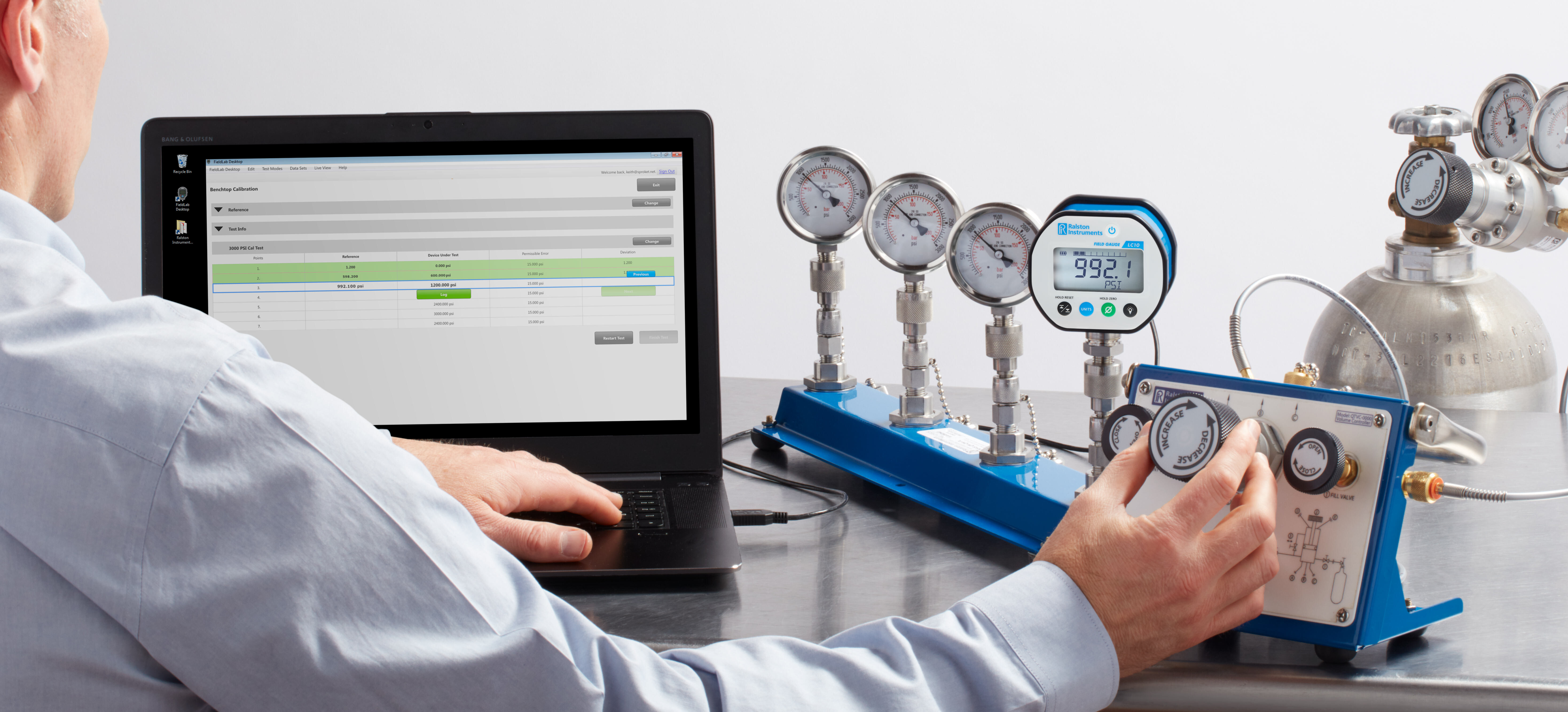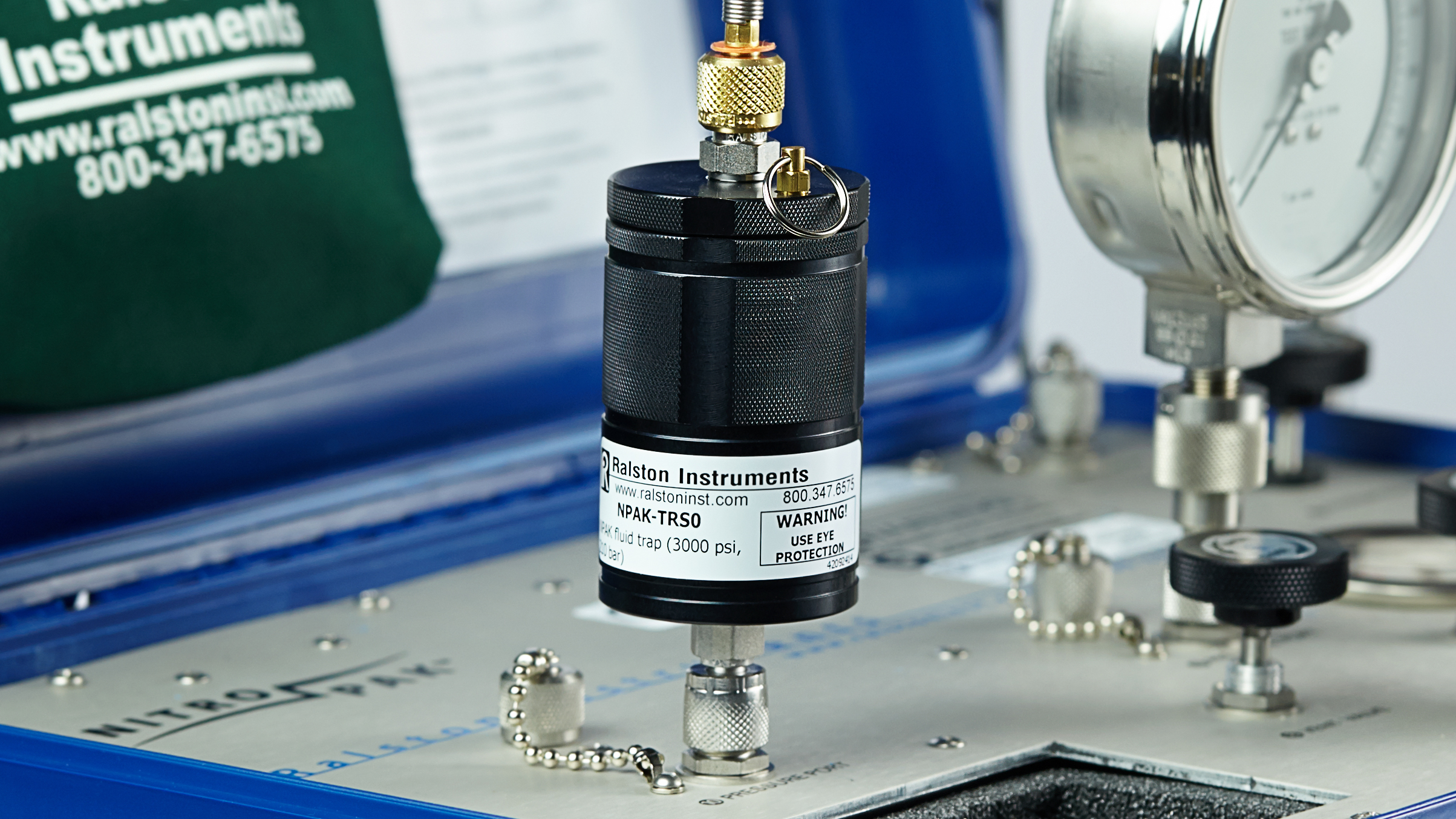Analog pressure gauges have a long history of providing quick, reliable pressure readings, but the popularity of digital gauges is on the rise. Here’s why.
A Brief Overview of Pressure Gauges
Put simply, a pressure gauge is a tool that provides the easiest, most direct way of measuring and displaying gas and liquid pressure. It’s one of the most commonly used pieces of equipment in refineries and electrical & industrial plants, with a wide range of applications in health care, energy production, and many other industries around the world.
Analog pressure gauges were first developed over 150 years ago when steam processes became common in factories during the Industrial Revolution. It’s difficult to grasp in today’s world of quickly changing technology, but from that point on, the basic mechanics behind analog gauges remained relatively unchanged until around the 1970s and 80s. As the world began to shift into the digital age, it was only a matter of time before the first digital pressure gauge was developed.
Since the 2000s, as new manufacturing techniques and technologies have been introduced, and more sophisticated materials of construction have become available, considerable improvements have been made to both. And while it’s safe to assume that analog gauges will be around for a long time, digital pressure gauges now offer many advantages over traditional analog gauges. This article focuses on the fundamental differences between the two and the numerous advantages of digital over analog pressure gauges.
Analog vs Digital Pressure Gauges: Pros and Cons
While analog and digital pressure gauges both fulfill the same functions, they use very different technologies and excel at different applications, and there are a few distinctive characteristics of digital gauges that really make them stand out over the standard analog technology of the industrial age.
Analog Pressure Gauges
Sometimes referred to as dial gauges, analog pressure gauges have a needle that directly responds to changes by pointing to numbers on a scale corresponding to the pressure sensed by the measuring element. Movement of the needle translates to variations in temperature or flow, which are easily noticed and monitored.
Pros: Analog pressure gauges are inexpensive and easy to use, and because they’re made of mechanical parts, they don’t require a power source.
Cons: Analog gauges are purely mechanical. They’re made of small gears and moving parts, so they’re much more likely to sustain damage from typical conditions in the field or in the lab. As a result, analog pressure gauges are especially prone to mechanical vibration, and in applications with constant pressure pulsation, the moving parts on analog gauges can wear out quickly, leading to inaccurate readings and potentially unsafe working conditions. They’re susceptible to overpressure, extreme temperatures, corrosion, clogging, vibration, and steam, so they require constant recalibration. Analog calibration requires disassembly and manipulation of adjustment screws, which can lead to user error.










